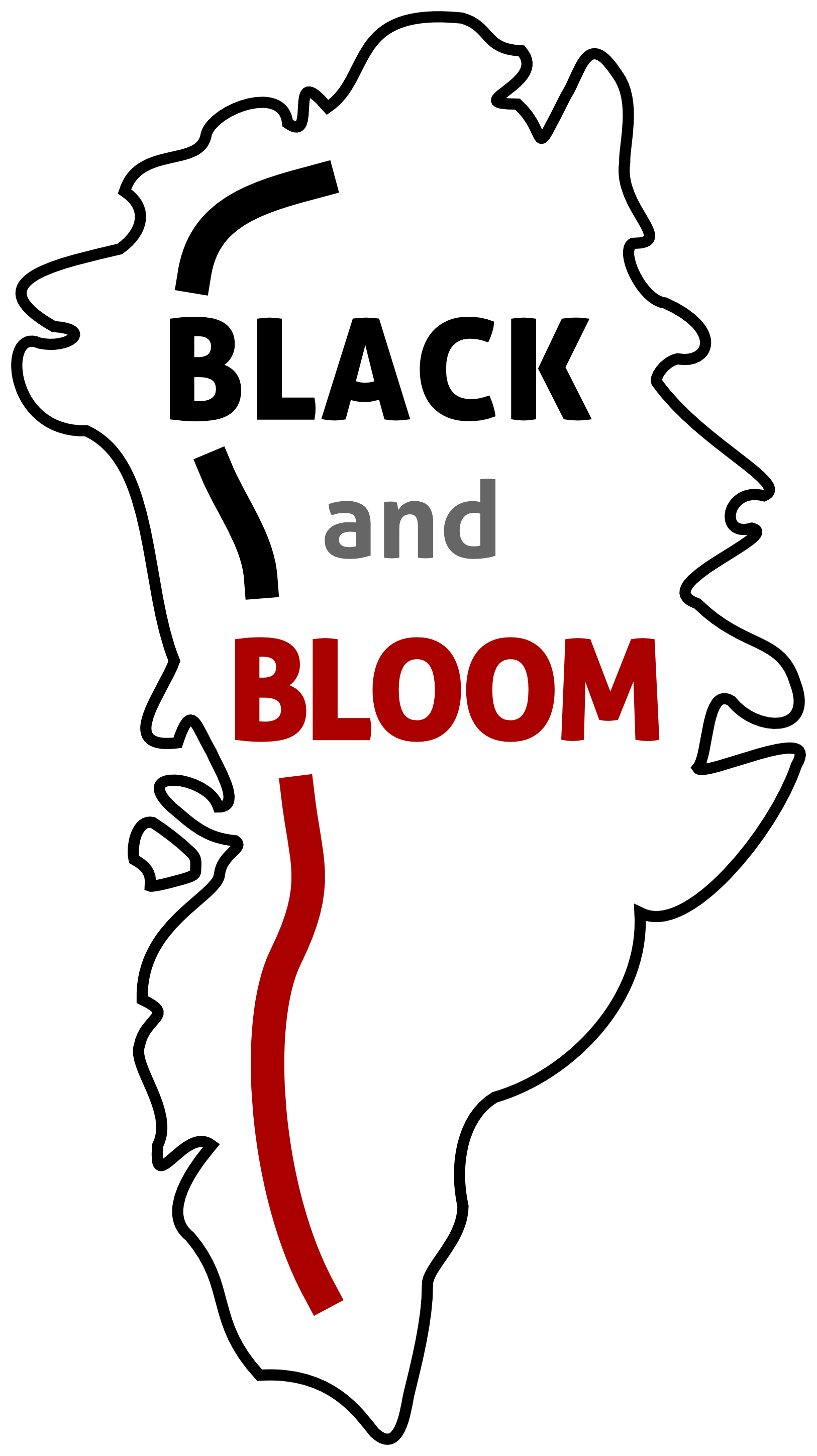Jim’s blog diary of the first two weeks
I’m not sure if we ever tied down a name for our ice sheet home for summer 2016. We are close to the S6 weather station and a couple of km further onto the ice sheet from the Dark Snow camp of 2014. In fact in the evening we can see a flashing light at S6 and some people have got photos of the twin masts at the site (one for weather and one for comms?). The thinking is that at this time of the day the angle of the sun is in the sweet spot to reflect off the wind vane?? There is no pattern to the flash and is white, regular and red might indicate some warning function …
JGR Paper: Modelling bioalbedo of snow
he ‘bioalbedo effect’ is the enhanced melting of snow and ice due to living organisms growing on it. Life can change the colour of the snow or ice, increasing its efficiency as an absorber of solar energy. Our new paper in Journal of Geophysical Research uses a modelling approach to examine this process for algal cells growing on snow.
The model can be broken down into distinct parts. The first part is a mixing model for pigments that can be present in snow algal cells. The user can define the relative amounts of each pigment in the cells. The cell wall is assumed to be transparent. This then allows the absorption coefficient for each individual algal cell to be …
NERC award £3 Million to Black and Bloom
The UK Natural Environment Research Council (NERC) has awarded £3 million to Black and Bloom to study the impact of dark particles and microbial activity on the melting of the Greenland Ice Sheet. Concerns are mounting about what is driving accelerations in the melting of the ice sheet, which would add 7.2 m to sea level if fully melted. Black and Bloom (based at the Universities of Bristol, Leeds, Sheffield and Aberystwyth) were awarded the NERC funding to run a 5 year project to study their hypothesis that dark particles and microbes (bacteria and algae) cause darkening of the ice surface, and consequently increase the melt rate. We will use the funding to make some of the first detailed …
First 2017 field team ready to hit the ice!
The first 2017 Black and Bloom field team are heading back to Greenland in just under 2 days time to begin their snow – slush – ice field camp. This year kicks off with Jim McQuaid, Jenine McCutcheon and Andy Connelley from Leeds University working on the particulates, and Chris Williamson, Alex Holland and Ewa Poniecka from Bristol and Cardiff heading up the microbiology. The team will put-in to S6 on the 31st of May for a 4 week campaign. Mid-way through, Liane Benning, Alex Anesio and Laura Perini will swap with some team members to join on the ice. This year’s first Black and Bloom camp is all about understanding the early melt dynamics, and the factors that promote / prevent algal …
Lab Manager Andy Connelly was new to the ice. Here’s his blog.
I am writing this on the way home after a successful eighteen days working on the Greenland ice sheet. As a lab manager at the University of Leeds the furthest I usually get from the lab is the PhD students’ office, from which I can be seen dragging a messy student back to the lab. So, when Liane Benning asked if I wanted to go on fieldwork to Greenland I said “YES!” without a moment’s hesitation. A couple of months later I found myself on a plane to Greenland. Kangerlussuaq, the home of Greenland’s main commercial airport, had an aura of dusty frontier town but one in which the utilitarian buildings and brown shrubs were set off with pretty painted houses. I was welcomed into the very well prepared and friendly team of academics and students before …
